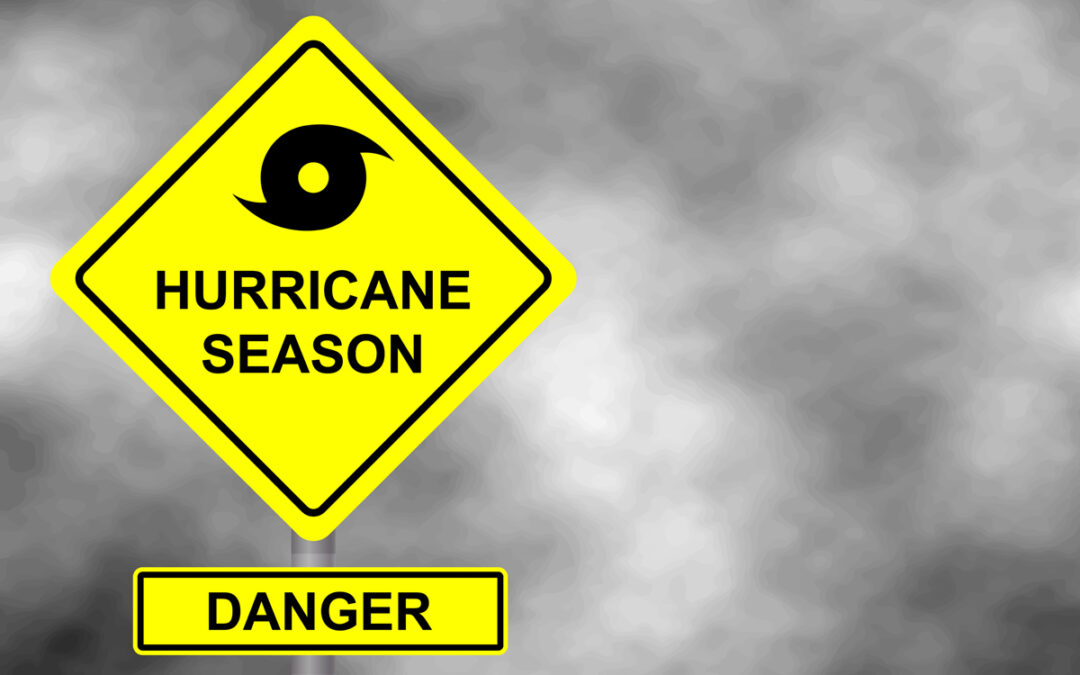https://www.epa.gov/sites/production/files/2014-03/documents/ustfloodguide.pdf
Take Action When Flooding Is Imminent
Many flooding events have advance notice—from a few hours for heavy rain events to days for hurricanes. Put together plans in advance so your managers and employees can use that time as effectively as possible.
To prevent UST displacement or water entering the system, the Environmental Protection Agency (EPA) recommends these precautions:
- Turn off all electricity to the UST system
- Take product inventory and water level reading of all USTs to account for product loss.
- Fill the tank as much as possible (with fuel, not water) to weigh it down
- Secure all openings on top of the tank and make sure fill caps are in good condition and fastened securely in place and locked. If fill caps are not tightened, tanks will fill with water and release product.
- Make sure the seal on spill bucket plungers are operational
- Close the shear valve on pressurized piping
- Temporarily cap off the vent pipes
- Place a dumpster, sand bags, or large containers full of sand or rock over the tank to reduce the chance of a tank floating out of the ground.
Resume Operations After Flooding
Depending on your site-specific situation, you may take the following actions once the water has receded and local officials allow re-entry:
- Make sure the power is off to any UST-related equipment (including dispensers, pumps, release detection equipment, and other devices).
- Determine if product leaked from the UST.
- Determine if water or debris entered the UST.
- After inspecting the electrical system, return power to the UST system.
- Check release detection system for proper operation.
- Check all equipment including pumps, shear valves, fill pipes, and vent lines
- Clean and empty spill buckets and sumps
- Inspect the piping and fittings for damage and possible leaks.
- Perform an UST system tightness test before adding product.
- Test spill buckets and sumps
- Test cathodic protection

